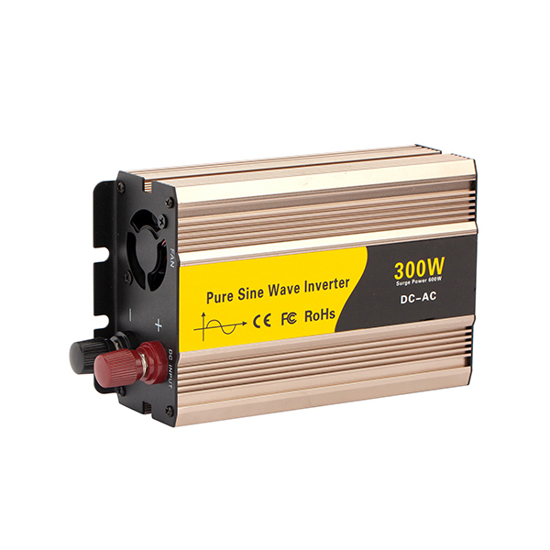A sine wave inverter is an electric energy conversion device that converts direct current into alternating current. It completes the inverter task by conducting and turning off power semiconductor devices according to specific rules. With the rapid development of power electronics technology and the improvement of inverter control performance requirements in various industries, sine wave inverters have also been rapidly developed. In this article, Inverter.com mainly talks about the development direction of sine wave inverter.
Development changes
High frequency
High-frequency refers to improving the working frequency of power switching devices, which can not only reduce the volume of the whole system, but also have a good inhibitory effect on audio noise, and improve the dynamic response ability of sine wave inverter output voltage. The high-frequency power switching device corresponds to the high-frequency isolation transformer. The application of the high-frequency isolation transformer further reduces the volume of the whole system.
High performance
The effective value is the main parameter of the inverter output voltage. The high-performance inverter output voltage has stable effective value, high waveform quality, and a strong ability to adapt to nonlinear load. Because a load of a 12V pure sine wave inverter will change suddenly in many times, a high-performance inverter requires a high transient response performance of output voltage. Another important parameter of AC output voltage is frequency. A good inverter requires not only a stable RMS value of output voltage but also stable frequency. Only the inverter with the above characteristics can be called a high-performance inverter.
Parallel connection technology
Current inverter technology can produce high-power products, but in high-power applications, once the inverter system fails, will lead to system breakdown. In the system composed of low-power inverters through parallel technology, the normal operation of each unit does not affect the work of other units, so the reliability of the whole system has been greatly improved.
Miniaturization
Miniaturization is the result of high frequency because the main method of miniaturization of the inverter is to improve the working frequency of the switch tube and use the high-frequency transformer.
High input power factorization
Many inverter systems use certain topological circuits to convert DC into high frequency AC pulses, and then rectify to get the required DC voltage. The output current spikes will reduce the input power factor, and improving the input power factor can effectively solve the harmonic pollution caused by the inverter to the power grid.
Improved efficiency and power density
Improved efficiency: Modern sine wave inverters are designed to minimize energy losses, thereby improving overall efficiency. This trend is driven by the need to save energy and reduce operating costs.
Power density: There is an ongoing effort to increase the power density of inverters, which means that smaller and lighter devices can output more power. This is particularly important for applications with space and weight constraints, such as electric vehicles and portable power solutions.
Advanced control technologies
Digital control: The integration of digital control technologies makes the operation of sine wave inverters more precise and adaptable. This includes features such as adaptive algorithms and real-time monitoring.
Artificial intelligence and machine learning: Some inverters are beginning to adopt artificial intelligence and machine learning to optimize performance, predict failures, and enhance energy management.
Improved reliability and lifespan
Enhanced components: The use of high-quality and durable components, such as advanced semiconductors (such as silicon carbide and gallium nitride), can improve the reliability and lifespan of inverters.
Thermal management: Improved cooling technologies, such as advanced heat sinks and liquid cooling, are being used to more effectively manage heat dissipation.
Integration with renewable energy systems
Solar energy: Sine wave inverters are increasingly integrated with solar energy systems, supporting the growth of renewable energy. Features such as maximum power point tracking (MPPT) and grid-tie capabilities are common.
Hybrid systems: Inverters are being developed to work seamlessly with hybrid energy systems that combine different power sources, such as solar, wind, and battery storage.
